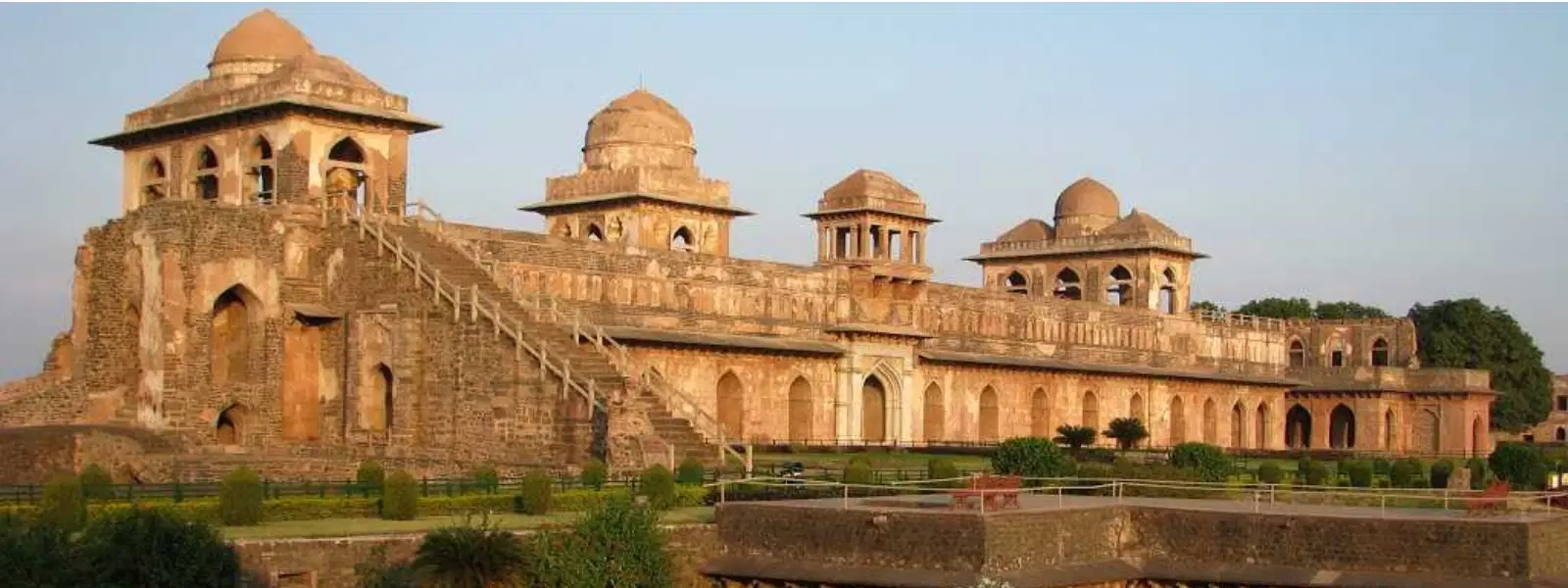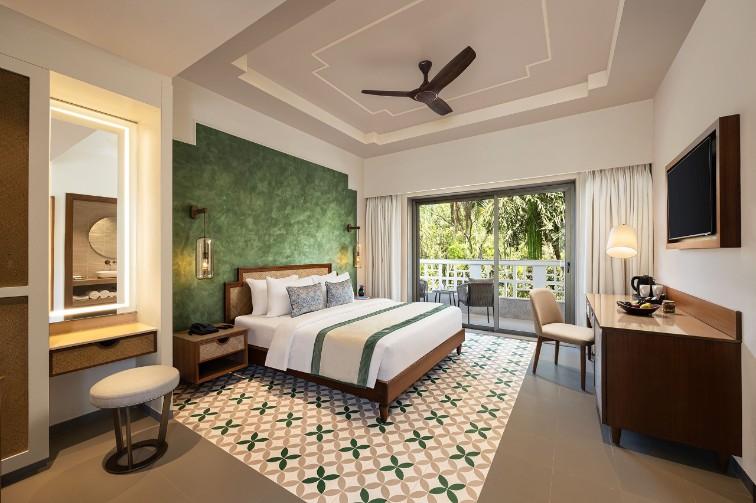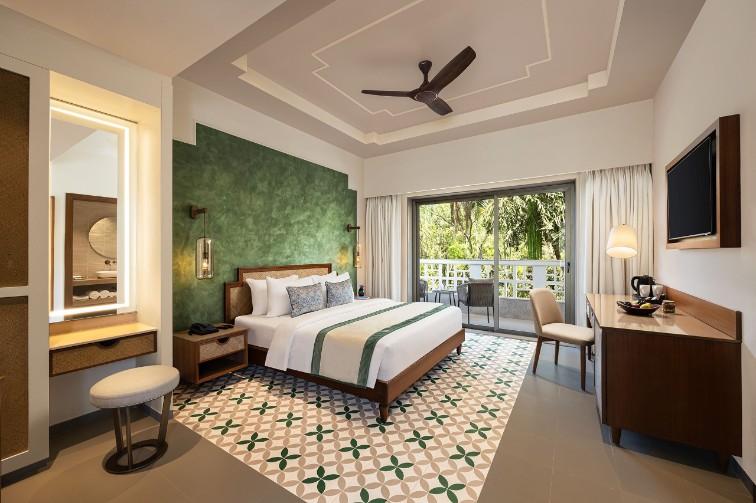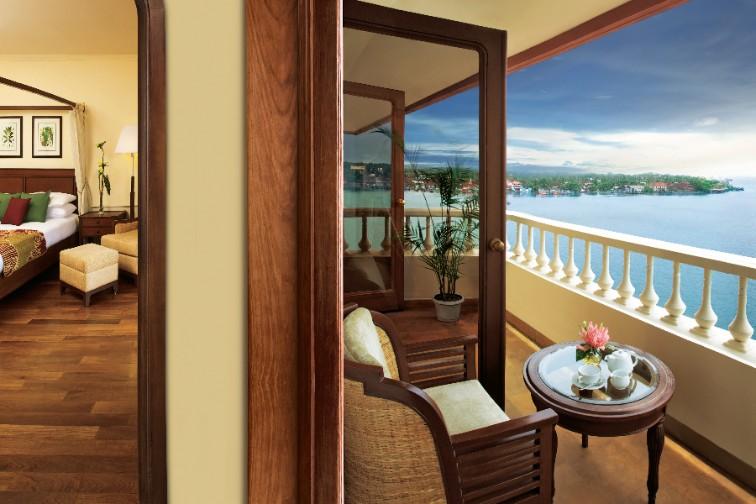
Hotels
•04 min read

Mandu shines as a historical gem set in the heart of Madhya Pradesh, captivating visitors with its rich heritage and breathtaking landscapes. This guide dives into the best time to visit Mandu, revealing the secrets of its weather, seasonal attractions, and local accommodations to help you craft the perfect getaway. Whether you are drawn by the ancient ruins or the serene natural beauty, understanding the seasonal rhythm of Mandu is key to a memorable trip.
Mandu experiences a tropical climate, making its weather cycle a crucial factor in planning your visit. Summers can be intense with soaring temperatures, while the monsoon season transforms the region with lush greenery and vibrant waterfalls. Winters, on the other hand, are delightfully cool, allowing you to leisurely explore historical monuments without discomfort. Weather impacts not only the sightseeing experience but also the accessibility of outdoor adventures scattered across Mandu.
Choosing the right time to visit Mandu is essential for an enriching experience. With numerous festivals and natural attractions on offer, the season you choose can define your itinerary. While summer may appeal to budget travelers, winter provides a comfortable climate perfect for long walks around ancient structures. Understanding the weather trends can also prove beneficial for family travel and group tours, ensuring that the elements complement your sightseeing rather than hinder it.
Summers in Mandu present a challenging climate with high temperatures that may slow your pace. Despite its drawbacks, summer can be a strategic choice for those planning a budget trip since off-peak travel often comes with reduced prices. If you decide to travel during these warmer months, consider packing light clothing, staying well hydrated, and planning your excursions during the cooler parts of the day, such as early mornings and late evenings.
Monsoon brings a dramatic transformation to Mandu. The rain breathes new life into the landscape, turning the region into a water-colored canvas of vibrant green hues. Iconic sites like the Jahaz Mahal acquire an extra layer of allure, as the surrounding water bodies enhance the picturesque beauty of the historic site. During heavy rains, while some parts may be less accessible, the natural scenery – including seasonal waterfalls – offers a unique charm that no other season can match. Bring rain gear and waterproof footwear to navigate the monsoon trails with ease, and enjoy the refreshing ambiance that the rain bestows.

Winter is widely regarded as the best season for exploring Mandu. The cool and crisp weather creates an inviting environment for visiting landmarks such as the Ship Palace and Rani Roopmati Pavilion. In winter, each step through Mandu's ruins is buffered by a serene atmosphere that enhances the historical narrative. The cool weather makes it easy to plan day-long sightseeing tours, and occasional local festivals add a flavor of tradition and festivity. Winter not only maximizes comfort but also provides the ideal backdrop for photography, with soft light and gentle breezes highlighting the timeless beauty of the monuments.
Pro Tip for Mandu Travelers:
Did you know? Winter mornings in Mandu offer the perfect backdrop for exploring its historical marvels like Jahaz Mahal, thanks to the misty ambiance and pleasant weather. Plan your itinerary to start early for the best experience!
Finding the right place to stay is a vital part of your Mandu adventure. With a range of options from budget lodgings and mid-range hotels to luxury resorts, there is something for every budget and style. Many of the top hotels in Mandu offer not only comfort but also strategic locations that allow you to step out and quickly reach the key historical sites. Each accommodation choice has been selected to provide you with a memorable experience, ensuring that your stay enhances your overall journey through this enchanting destination.
If you are planning a seasonal visit, some properties stand out more than others. In winter, cozy boutique hotels offer a warm and intimate ambiance, ideal for unwinding after a day of exploration. During the monsoon, resorts with scenic views let you enjoy the rainfall from the comfort of your room, making the experience truly immersive. It is always wise to book in advance during peak seasons, as specific hotels known for their excellent service and prime locations tend to fill up quickly. Consider your seasonal preferences and review traveler feedback to choose a spot that provides ease and comfort during your Mandu visit.
Comparing summer and winter trips in Mandu reveals the stark contrasts in travel experiences. Summer, while often sweltering, offers fewer crowds and lower travel costs, but may limit your outdoor activities due to the heat. Winter, however, stands out as the ideal season for a comprehensive sightseeing tour. The moderate temperature allows for extended exploration of sites like the Ship Palace and Rani Roopmati Pavilion. For summer trips, always pack sun-protective essentials like hats and sunscreen, and for winter, layered clothing is a must to adapt to fluctuating early morning chills and later warming temperatures.

Regardless of when you choose to visit Mandu, it pays to be prepared. In summer, the heat necessitates carrying water, light clothing, and sunglasses to protect yourself while exploring outdoor ruins. For the monsoon, an umbrella, waterproof bags, and quick-dry clothing can make your visit seamless, even in heavy rains. And during winter, warming accessories such as scarves and gloves, along with comfortable walking shoes, are indispensable for a smooth adventure. Additionally, consider exploring during early mornings when the temperatures are milder and the light is soft, regardless of the season.
Typically, 2-3 days are sufficient to explore Mandu's key attractions and enjoy the surrounding landscapes.
The ideal time to visit Mandu is during the winter months, from October to February, when the weather is cool and attractions are at their best.
October to February is the best time to visit Madhya Pradesh, including Mandu, as the weather is most pleasant for travel and sightseeing.
While Vietnam is a different destination, its best travel season varies by region—spring and autumn are generally ideal.
Mandu’s allure is defined by its unique blend of history, natural beauty, and architectural grandeur, which shines regardless of the season. However, careful planning around seasonal weather—particularly during the cooler winter months—can elevate your experience, making it possible to explore every corner of this ancient city with comfort and style. From budget-friendly summer visits to the rain-kissed charm of monsoons and the serene delight of winter, Mandu offers distinct experiences that cater to every traveler’s whim. With detailed insights on travel planning, accommodation options, and seasonal attractions, you are now equipped to make the most of your Mandu journey.